Rising Demand for Enhanced Safety Features
The Night Vision Driver Monitoring System Market is witnessing a surge in demand for enhanced safety features in vehicles. As consumers become increasingly aware of the risks associated with nighttime driving, there is a growing expectation for advanced safety technologies. Night vision systems are being recognized as essential components in modern vehicles, contributing to accident prevention and overall road safety. According to recent studies, nearly 40% of fatal accidents occur at night, underscoring the need for effective monitoring systems. This heightened awareness is prompting automotive manufacturers to integrate night vision technology into their offerings, thereby driving market growth. The emphasis on safety is likely to continue influencing consumer preferences, making night vision systems a critical aspect of vehicle design.
Integration with Autonomous Driving Technologies
The Night Vision Driver Monitoring System Market is increasingly intersecting with the development of autonomous driving technologies. As the automotive industry moves towards automation, the need for sophisticated monitoring systems becomes paramount. Night vision systems play a crucial role in enabling vehicles to operate safely in low-light conditions, which is essential for the functionality of autonomous vehicles. The integration of these systems with artificial intelligence and machine learning algorithms is likely to enhance their effectiveness, allowing for better decision-making in real-time scenarios. This convergence is expected to drive significant growth in the market, as manufacturers seek to create vehicles that are not only autonomous but also equipped with advanced safety features that include night vision capabilities.
Technological Advancements in Night Vision Systems
The Night Vision Driver Monitoring System Market is experiencing rapid technological advancements, particularly in sensor technology and image processing capabilities. Enhanced infrared sensors and advanced algorithms are being integrated into these systems, allowing for improved visibility in low-light conditions. This evolution is not merely incremental; it is transformative, as systems now offer real-time monitoring and alerts for driver fatigue and distraction. The market is projected to grow at a compound annual growth rate (CAGR) of approximately 10% over the next five years, driven by these innovations. As manufacturers invest in research and development, the introduction of more sophisticated night vision systems is likely to enhance safety and efficiency in vehicular operations, thereby expanding the market's reach.
Consumer Preference for Luxury and High-Tech Vehicles
The Night Vision Driver Monitoring System Market is experiencing a shift in consumer preferences towards luxury and high-tech vehicles. As consumers increasingly seek out vehicles that offer advanced features and enhanced comfort, the demand for night vision systems is on the rise. These systems are often viewed as premium features that elevate the driving experience, particularly in high-end models. Market analysis indicates that the luxury vehicle segment is projected to grow at a faster rate than the overall automotive market, further driving the adoption of night vision technologies. This trend suggests that manufacturers will continue to innovate and incorporate these systems into their offerings, catering to the evolving tastes of consumers who prioritize safety and technology.
Regulatory Support for Advanced Driver Assistance Systems
The Night Vision Driver Monitoring System Market is benefiting from increasing regulatory support aimed at enhancing road safety. Governments and regulatory bodies are implementing stringent safety standards that encourage the adoption of advanced driver assistance systems (ADAS), including night vision technologies. These regulations are designed to reduce accidents and improve overall traffic safety, thereby creating a favorable environment for market growth. For instance, several regions have mandated the inclusion of certain safety features in new vehicles, which often encompasses night vision systems. This regulatory push is expected to propel the market forward, as manufacturers strive to comply with these standards while also meeting consumer demand for safer driving experiences.


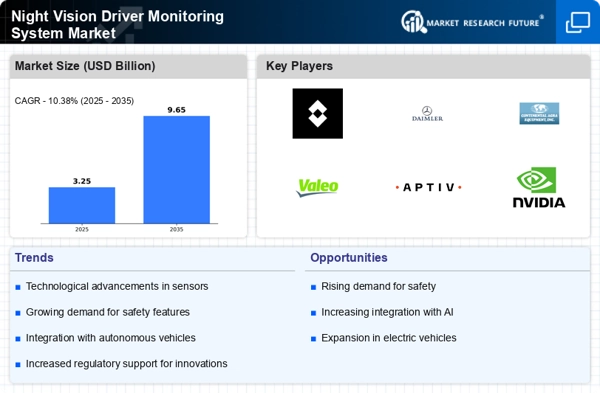
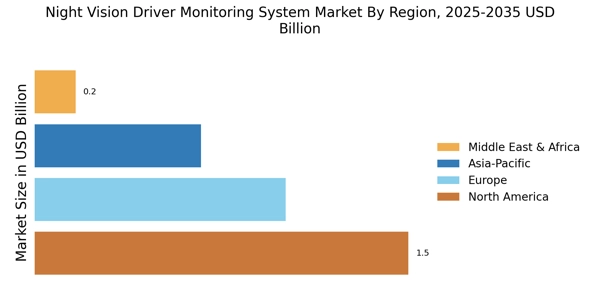
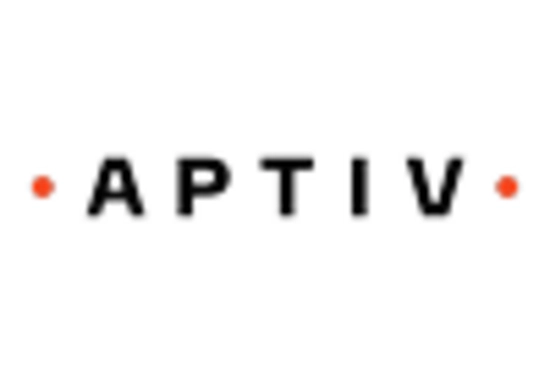

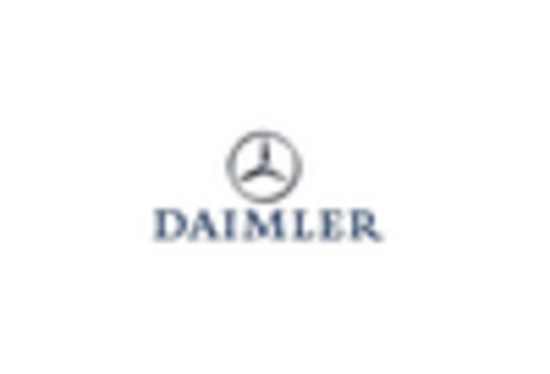


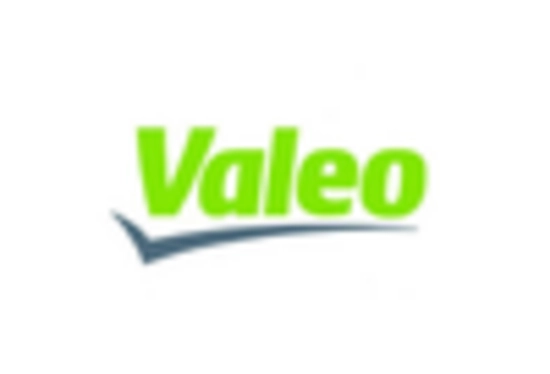








Leave a Comment